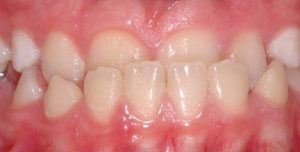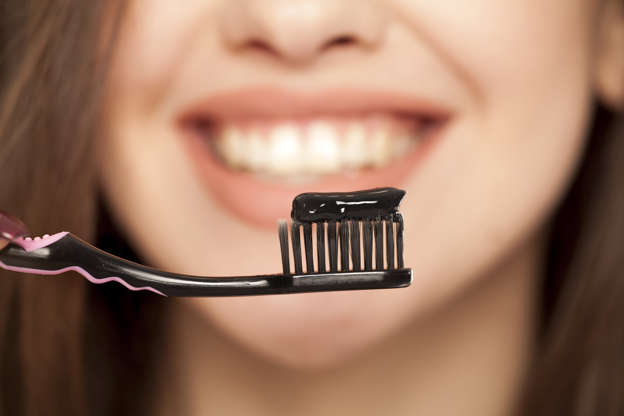 Tooth Clenching and Grinding can happen unconsciously either while we are awake or asleep. It might go unnoticed, but it can lead to physical pain and severe dental problems. Chronic tooth grinding can cause headache, earaches, facial pain, and even migraines. The wear of the teeth caused by it will lead to increased tooth sensitivity, loss of fillings, flattening and/or chipping of the teeth.
Tooth Clenching and Grinding can happen unconsciously either while we are awake or asleep. It might go unnoticed, but it can lead to physical pain and severe dental problems. Chronic tooth grinding can cause headache, earaches, facial pain, and even migraines. The wear of the teeth caused by it will lead to increased tooth sensitivity, loss of fillings, flattening and/or chipping of the teeth.
Due to the hard work that the masseter muscles have to perform while clenching they undergo, Hypertrophy, which may lead to the appearance of a severe square jaw.
The teeth can be protected overnight with the use of an occlusal splint or a night guard. But botulinum toxin, or more commonly known as botox, can effectively control the uncomfortable symptoms instead of an occlusal splint for some patients. Dr. Kaufman provides a treatment with Botulinum Toxin Type A., to relieve the symptoms of jaw soreness, headaches, and other unpleasant problems associated with Bruxism. Botulinum toxin treatments for Bruxism can also soften the appearance of the jaw line. The effects of Botulinum toxin used for treating Bruxism typically lasts for three to four months.
Don’t continue to suffer from sore head, jaw and neck muscles or wait for the teeth to chip and break please make an appointment to see Dr. Kaufmam to have the condition assessed.





